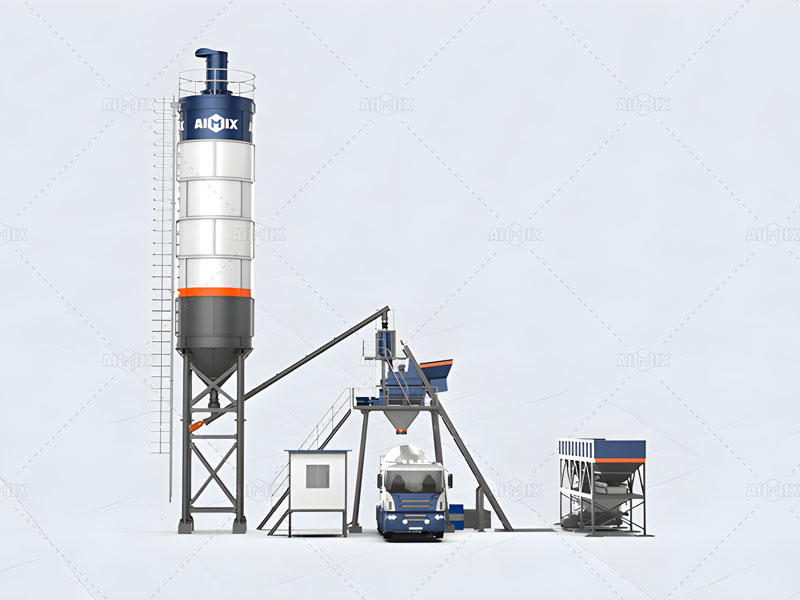


Explore the best concrete plants for scaling your ready-mix business to 1000 m³/day. Enhance production capabilities and drive growth effectively.
In today’s competitive construction market, scaling up your ready-mix concrete business isn’t just a goal — it’s a necessity. If you’re targeting 1000 m³ of concrete per day, choosing the right batching plant can determine your success or failure. But what exactly should you be looking for? Let’s explore the best concrete batching plant options that fit your production target and business strategy.
Reaching a daily output of 1000 m³ positions your business for large-scale infrastructure projects — highways, commercial buildings, and government contracts. At this scale, reliability and speed become essential. You can’t afford inconsistent batching, frequent downtimes, or delays in delivery.
This level of production also implies that your plant must run efficiently across multiple shifts, maintain concrete quality, and integrate with your logistics system. So, the question is no longer just “Which plant can produce more?” but “Which system can help me produce better, faster, and with less waste?”
If your main goal is to supply 1000 m³ daily from a fixed location, a stationary concrete batching plant is your most reliable option. Why?
For example, a 120 m³/h plant running for 9 hours can meet your 1000 m³/day target with buffer time for maintenance or order fluctuations. It’s the ideal setup if your batching location serves a metro area or several nearby projects.
These models are built for high-throughput and continuous concrete production. They’re best installed at your permanent plant base, near raw material suppliers or major project sites. With sufficient aggregate storage and silos, they provide a reliable backbone for your daily operations.
However, what if your projects are spread across multiple sites or located in developing regions? That’s when the batching plant portable can start to make more sense.
Although they generally have a lower capacity than stationary plants, mobile batching plants offer:
If you operate in multiple regions or frequently move between projects, these mobile models can help you maintain 800–1000 m³/day with multiple units working in parallel. Many customers use them in combination with trailer pumps or mixer trucks to streamline delivery.
Still unsure which plant fits best? Let’s break it down further. You’ll need to evaluate:
All these factors work together. And the right batching plant should support—not complicate—your daily operations and business growth.
If your business is expanding fast or you serve multiple project types, consider using both stationary and mobile plants. Many Indonesian contractors use a large HZS plant at their main depot and deploy mobile units for remote jobs. This hybrid setup helps them stay agile without sacrificing capacity.
High-capacity batching means more maintenance, more spare parts, and more risk when equipment breaks down. That’s why local after-sales support and fast spare part supply are essential. Choose a partner with local offices and engineers who can offer installation, training, and 24/7 response.
In Indonesia, many clients prefer batching plant suppliers with established local teams, Bahasa-speaking technicians, and stockpiles of essential parts. It’s not just about the batch plant; it’s about making sure it runs every single day. Learn more about the harga batching plant by click the link.
